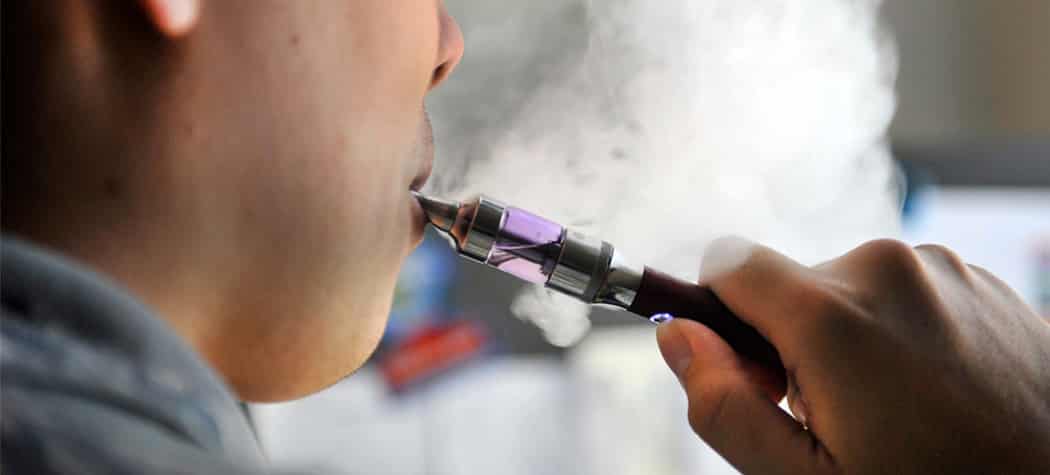Getting Started, Industry Research
Does Vaping Pose A Second-Hand Risk?
The World Health Organisation think vaping poses a second-hand risk to bystanders…
The World Health Organization’s Collaborating Centre for Tobacco Control in Barcelona has released a study that claims vaping poses a risk to non-vaping bystanders. It sets new levels for poor quality research and is rebuffed by all of the independent evidence from the United Kingdom.
What is second-hand vape?
It is the cloud you see when you exhale. Some contend it is dangerous to non-vapers.
What did the study do?
The researcher says they looked at second-hand electronic cigarette aerosol (SHA) “in controlled conditions of enclosed settings simulating real-world scenario”.
What did they do?
They say they an e-cigarette user in a car and a room for half an hour and allowed them to vape as they saw fit over the course of half an hour. They repeated the experiment over five days.
What did they measure?
They say they measured airborne nicotine concentrations. They also measured for the presence of nicotine, propylene glycol, and glycerol in bystanders’ saliva samples before, during, and after the exposure period.
They also recorded “self-reported health symptoms” from the bystanders.
What did they find?
They found nicotine levels in the air rose but give no comparison to smoking. They failed to detect any substances in the saliva samples as they fell below “the limit of quantification” – the ability to be measured. This means there was no second-hand risk posed, but they avoided saying that.
What did the bystanders say?
They complained about “short-term irritation symptoms, expressed as dry throat, nose, eyes, and phlegm” which will come as a shock to electronic cigarette users who have never heard similar complaints from their family and friends.
What did they conclude?
Despite a wholesale lack of evidence, the World Health Organization researchers concluded that vaping “may” pose a risk.
Did they release their data so it could be checked?
No.
“DATA AVAILABILITY STATEMENT: Research data are not shared.”
What does the independent evidence from the UK say?
The NHS is clear, it states: “that while smoking poses a risk to bystanders, “Smoking e-cigarettes, also known as vaping, doesn’t produce tobacco smoke so the risks of passive smoking with conventional cigarettes don’t apply to e-cigs. E-cigs release negligible amounts of nicotine into the atmosphere…the Government has no plans to ban vaping indoors.” (1)
The position is mirrored by Public Health England (2). In a blog post amplifying the findings of its annual review of research evidence, it says the concept of second-hand vape danger is a myth and adds: “There have been no identified health risks of passive vaping to the health of bystanders. People with asthma and other respiratory conditions can be sensitive to a range of environmental irritants, as well as pollen and cold air.”
What does this mean?
There is no danger from second-hand vapour.
Why is the World Health Organization the opposite then?
It is currently being influenced by rich individuals who are ideologically opposed to tobacco harm reduction and are being very selective with evidence. Researchers desperately seeking funding or status are keen to provide results that earn them further research grants.
What can be done to change the direction of the World Health Organization?
The government is going to be encouraged to share our experience in the UK and celebrate our success at this year’s Conference of Parties (COP9). As the largest funder of the Framework Convention for Tobacco Control, we hope that this has an impact and emboldens the World Health Organization to implement Article 1d – promoting tobacco harm reduction.
References:
- NHS; Passive Smoking.
- UK Government Blog; Clearing up some myths around e-cigarettes.
